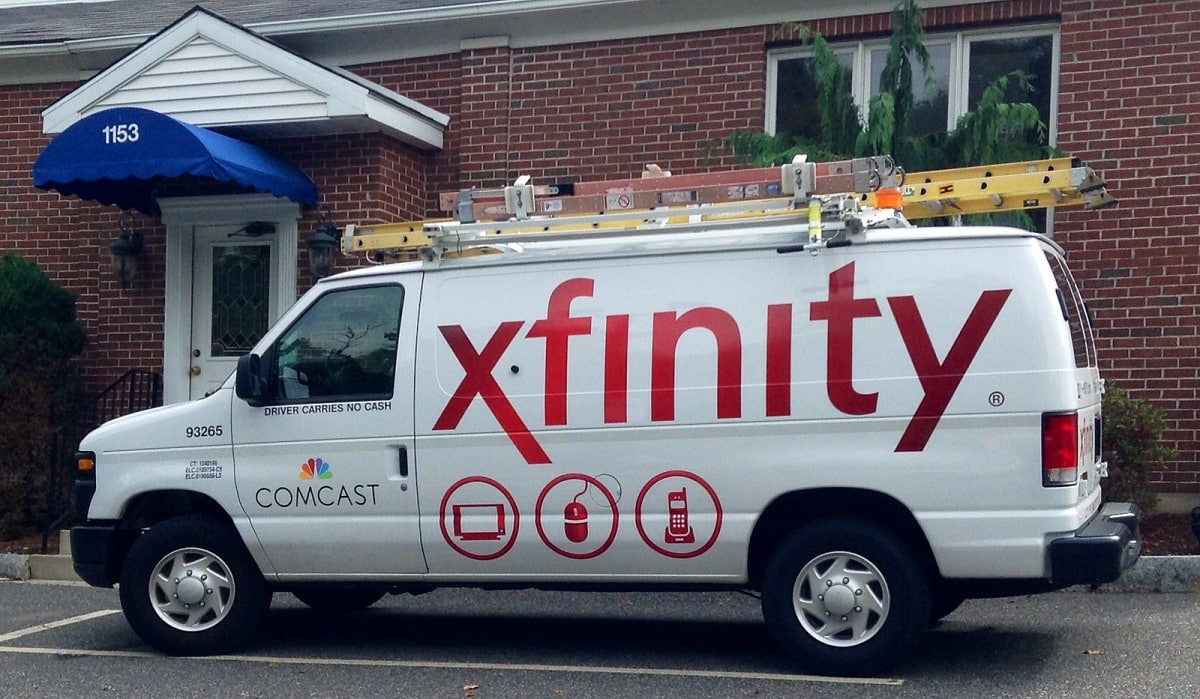The global Covid-19 pandemic, which resulted in lockdowns in the spring of 2020 and caused many to cancel vacation plans that year, actually caused an uptick in people watching TV. That was good for the traditional pay-TV services including Comcast’s Xfinity and AT&T’s U-verse, as well as the satellite services Dish Network and DirecTV.
It was also perfect for the streaming services.
“It kept everyone at home,” explained telecommunications analyst Jeff Kagan in an interview with 19FortyFive.
However, many TV and movie productions were halted, which impacted linear TV more than streaming services that were already packed with content. Now we’ve seen a wave of streaming services enter the fray. These services have disrupted the traditional pay TV business, and that has resulted in an increase in so-called “cord-cutters” and “cord-nevers.”
That resulted in a change in the business model. Even before the pandemic, new services looked to compete with the big three that included Amazon Video, Hulu, and the pioneer/powerhouse in the sector, Netflix. Services such as Apple+ and Disney+ were joined by other platforms that either launched or rebranded – including Paramount+, Peacock, and AMC+.
It was just this week that Epix announced it will relaunch its streaming service as MGM+ next year, while Starz is renaming its international streamer as Lionsgate+.
“Many companies jumped in,” Kagan told 19FortyFive, adding, “The streaming companies may have seen this as a gold mine, and for a while it was, but they were blinded by the reality that when the newness wore off, users would rebel against paying more.”
In fact, the question now is whether the market can even sustain all these services going forward. Disney+ has closed the gap with Netflix, but it is losing billions in the process!
“Suddenly most streaming services are seeing losses. Part of it is because the coronavirus is over and we are out and about again,” Kagan continued. “Part of it is because the economy keeps getting worse and discretionary services are the first to be dropped by users. Part of it is because of what I warned about from the beginning, users don’t like having to pay extra for everything they want to watch.”
Everything Old Is New Again
All of the streaming services now regularly face churn, which is why some are moving away from releasing all content at once – or else they risk subscribers signing up for a month to binge the latest episodes of a must-see series like Netflix’s The Crown, only to move on to another platform.
Hulu was among the first to change to a weekly release with its original series The Handmaid’s Tale, a model followed by Apple+ and Disney+. Even Amazon Video has taken that approach with its Lord of the Rings prequel series The Rings of Power, with new episodes being dropped weekly, since it debuted on September 1.
It is likely there could be consolidation and even packages – which has been Disney’s model, as Disney has bundled its Disney+, Hulu, and ESPN+ services.

“Going forward, I would not be surprised to see more users preferring to go back to traditional cable TV-like model,” said Kagan. “Streaming services will still be around, but the user pushback will force changes to occur. We may see a bundling of streaming services. Then again that starts to sound a lot like traditional cable TV. Who knows what tomorrow will bring, but for streaming services today, the party may not be over, but it is slowing down and very likely to change going forward.”
A Senior Editor for 1945, Peter Suciu is a Michigan-based writer who has contributed to more than four dozen magazines, newspapers, and websites with over 3,000 published pieces over a twenty-year career in journalism. Peter is also a Contributing Writer for Forbes. You can follow him on Twitter: @PeterSuciu.

